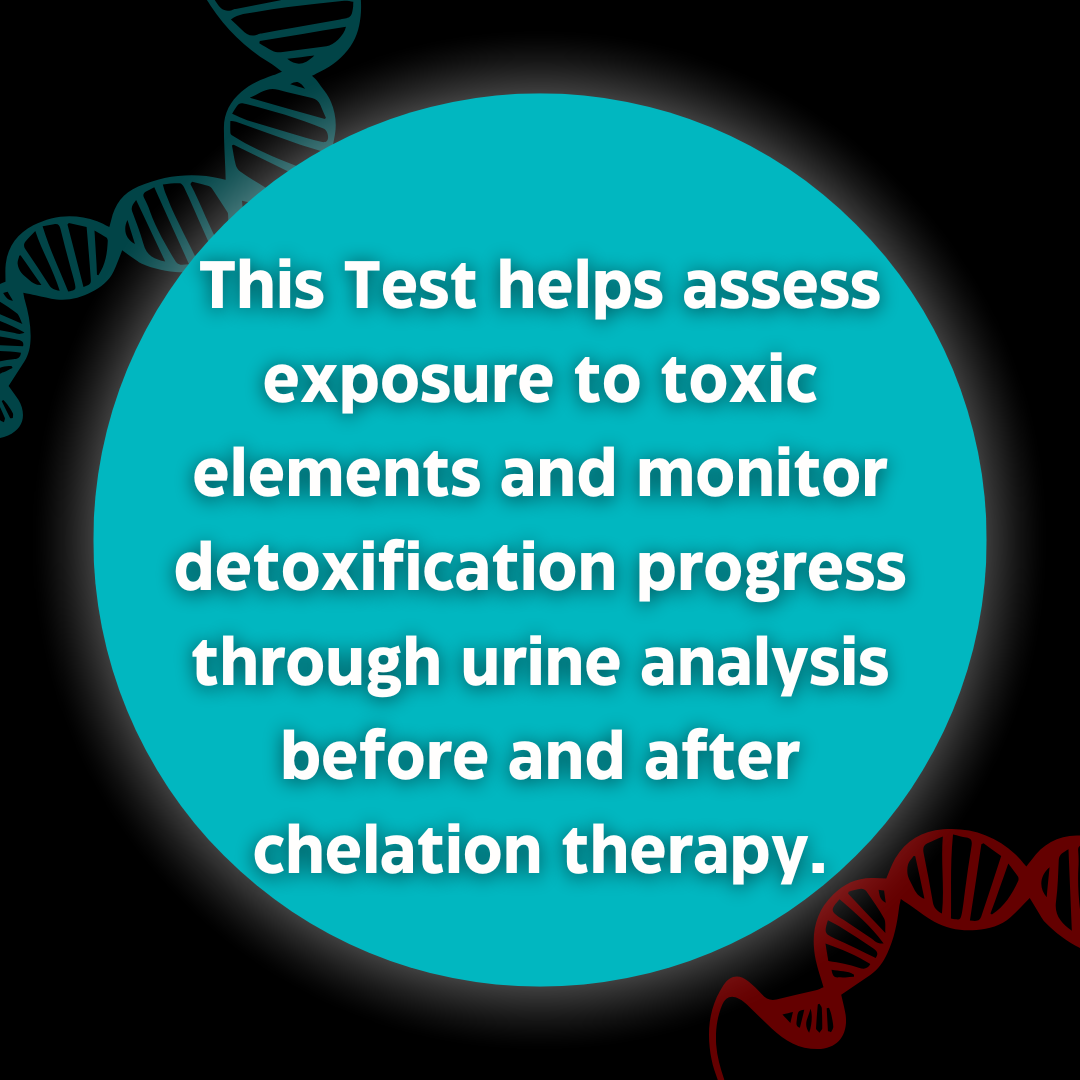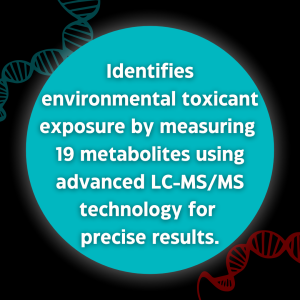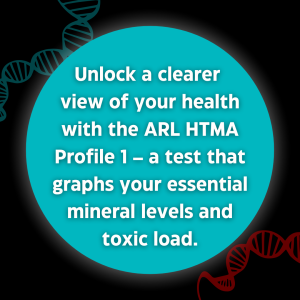Description
Useful for:
- Toxic Element Exposure
- Alopecia
- Bone Density
- Cardiovascular Disease
- Depression
- Dermatitis or Poor Wound Healing
- Detoxifiction Therapy
- Fatigue
- Gastrointestinal Symptoms
- Hypertension
- Immune Function
- Impaired Glucose Tolerance
- Inflammation
- Kidney Function
- Nutritional Deficiencies
- Parkinson’s-like Symptoms
Analysis of the levels of toxic metals in urine after the administration of a metal detoxification agent is an objective way to evaluate the accumulation of toxic metals. Acute metal poisoning is rare. More common, however, is a chronic, low-level exposure to toxic metals that can result in significant retention in the body that can be associated with a vast array of adverse health effects and chronic disease.
One cannot draw valid conclusions about adverse health effects of metals without assessing net retention. For an individual, toxicity occurs when net retention exceeds physiological tolerance. Net retention is determined by the difference between the rates of assimilation and excretion of metals. To evaluate net retention, one compares the levels of metals in urine before and after the administration of a pharmaceutical metal detoxification agent such as EDTA, DMSA or DMPS.
Different compounds have different affinities for specific metals, but all function by sequestering “hidden” metals from deep tissue stores and mobilizing the metals to the kidneys for excretion in the urine. It is important to perform both pre- and post-provocation urinalysis to permit distinction between ongoing exposures to metals (pre-) and net bodily retention. The pre-provocation urine collection can also be utilized to assess the rate of creatinine clearance if a serum specimen is also submitted. Many clinicians also request the analysis of essential elements in urine specimens to evaluate nutritional status and the efficacy of mineral supplementation during metal detoxification therapy. Metal detoxification agents can significantly increase the excretion of specific nutrient elements such as zinc, copper, manganese and molybdenum.
Chromium metabolism authorities suggest that 24-hour chromium excretion likely provides the best assessment of chromium status. Early indication of renal dysfunction can be gleaned from urinary wasting of essential elements such as magnesium, calcium, potassium and sodium in an unprovoked specimen. Variability in urine volume can drastically affect the concentration of elements. To compensate for urine dilution variation, elements are expressed per unit creatinine for timed collections. For 24-hour collections, elements are reported as both units per 24 hours and units per creatinine.





